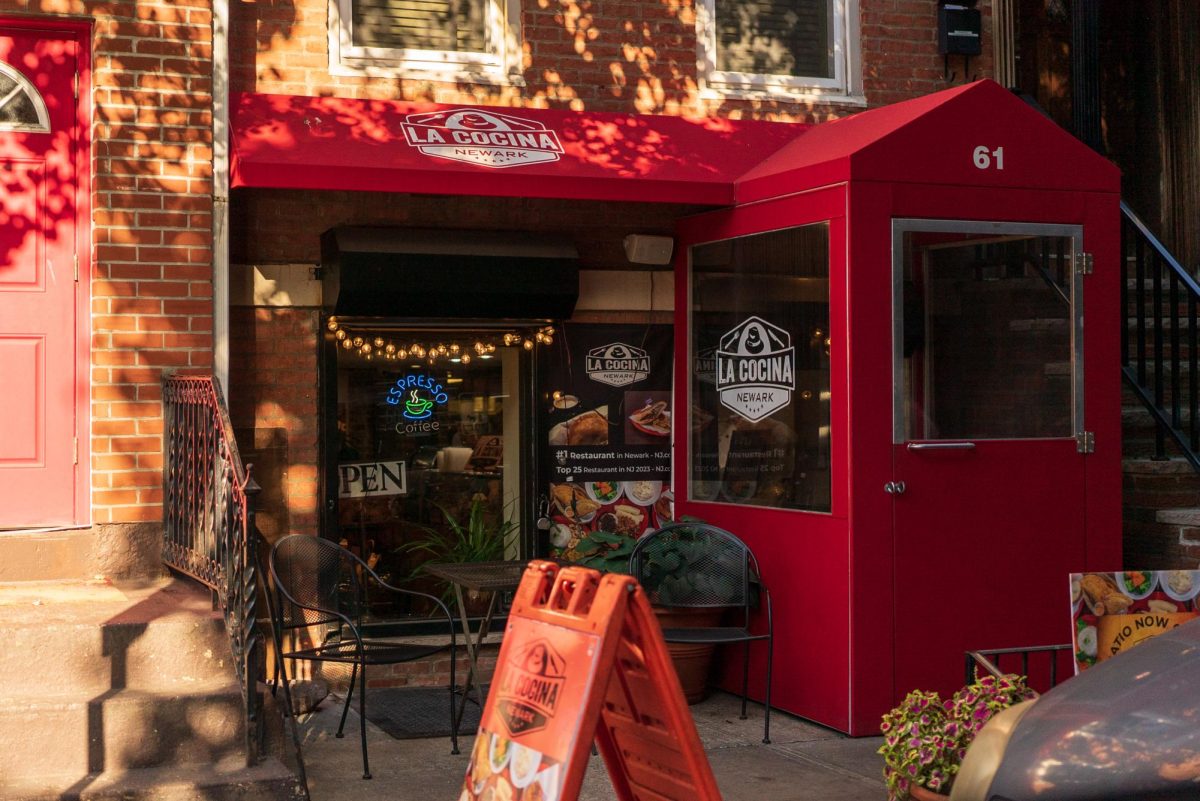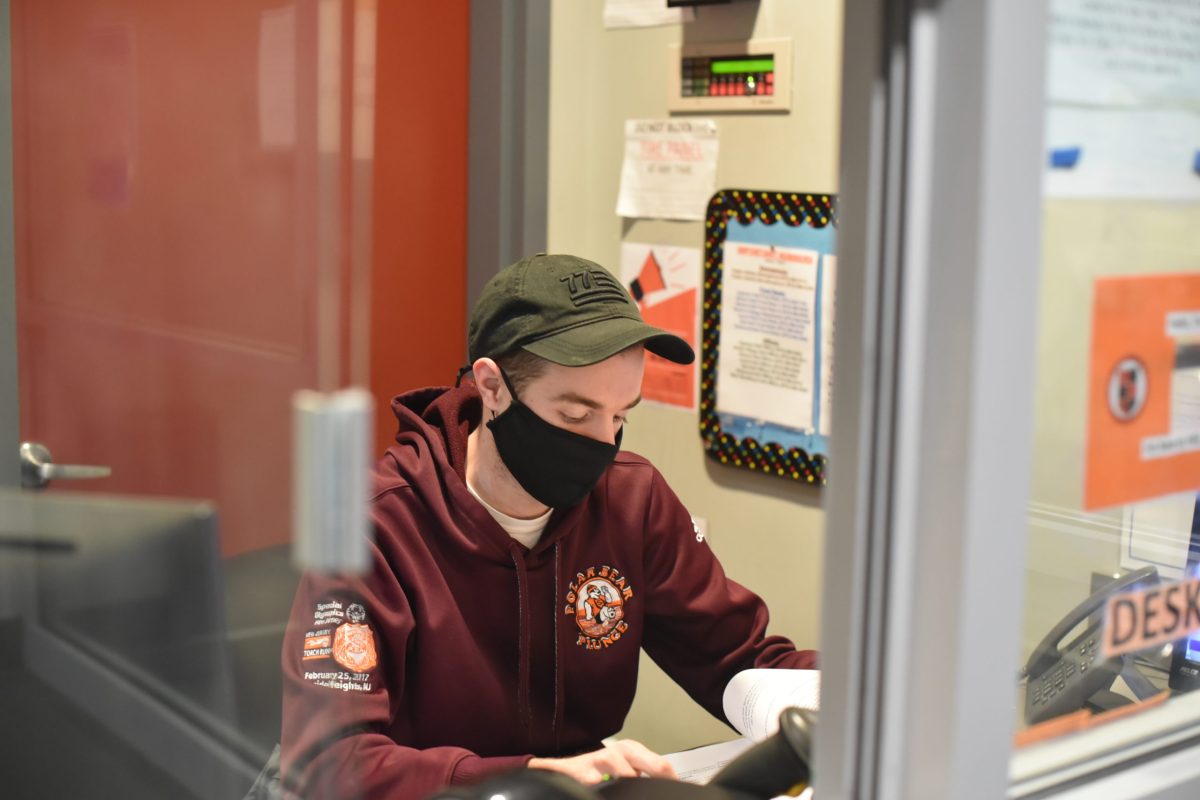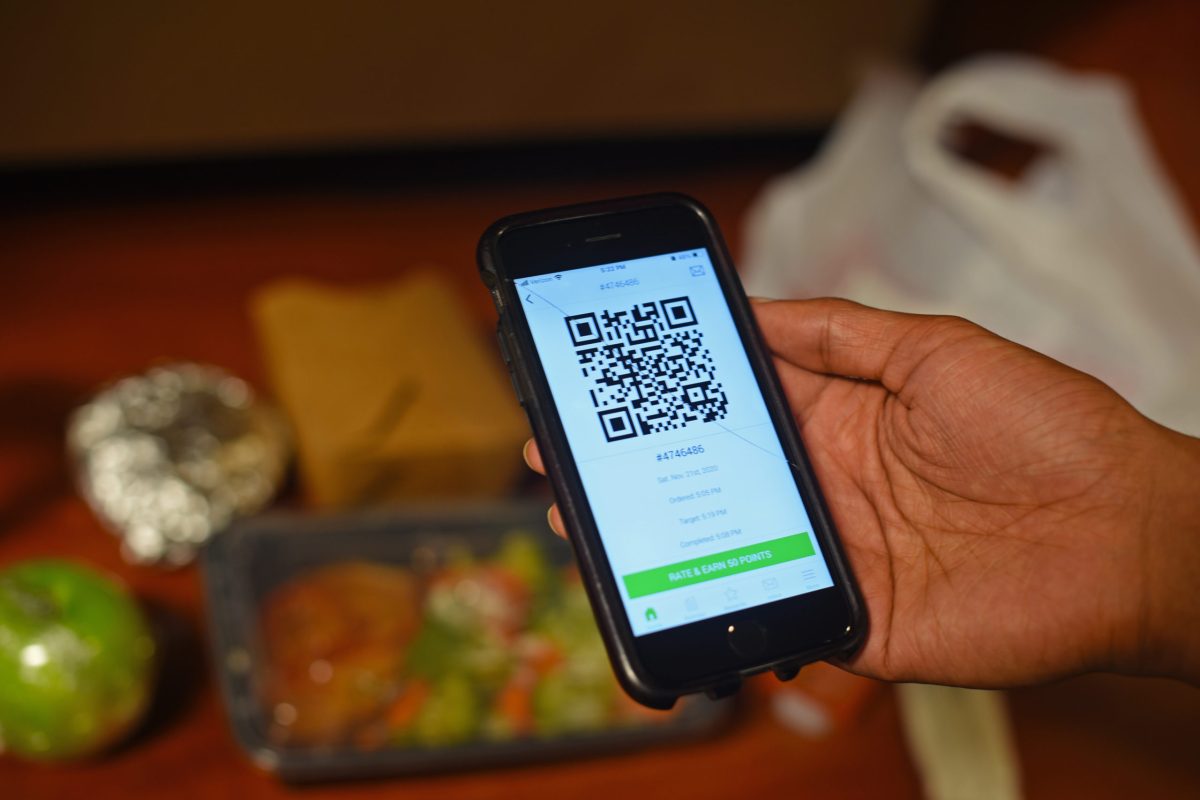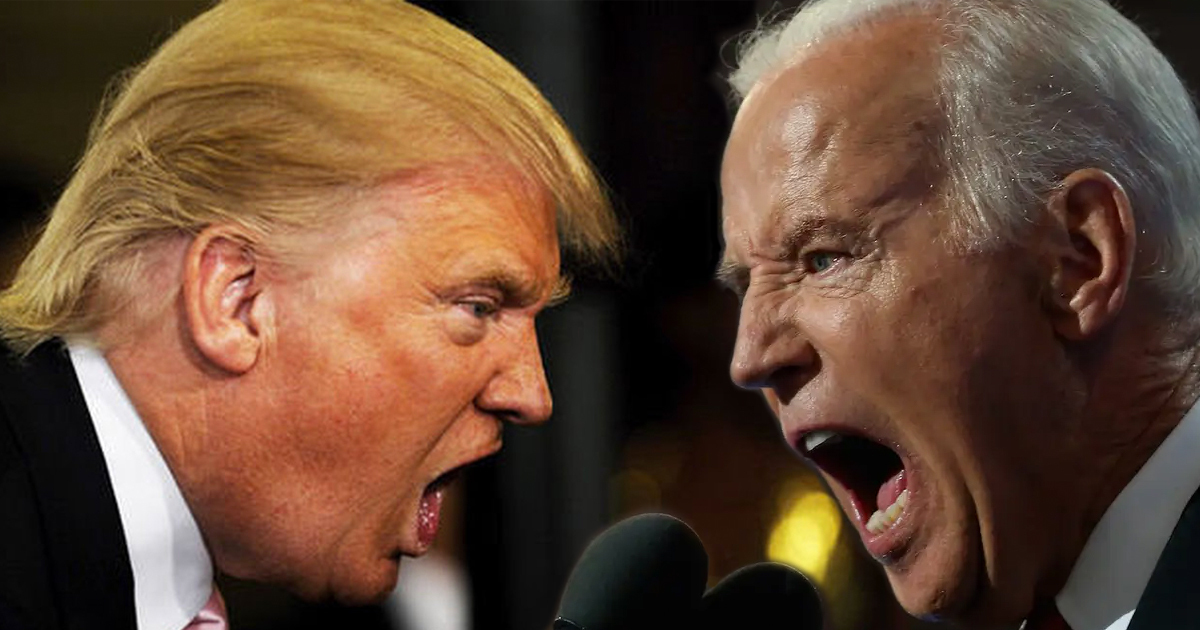“For less than a handful of appointments per year, the plan basically pays for itself.”
The summer before my freshman year of college, I was too lazy to complete my health records paperwork and ended up missing the deadline to waive NJIT student health insurance. I was lucky, because shortly thereafter, my mother lost her own health insurance and had I not ignored that paperwork, I also would have been left with no insurance. NJIT’s insurance plan, Aetna Student Health, has been my primary insurance going on three years now.
Some rumors about health insurance through NJIT imply that the plan simply isn’t good. I can only wonder who started such a rumor and just how good their insurance is, because I have felt extremely fortunate to have the coverage that I do. As for my own frame of reference, my family previously received health insurance through the state. Now with NJIT insurance, I have a much greater range of providers from which to choose and I can easily search for in-network doctors on the Aetna website. (Perhaps another myth debunked: You are not required to go to NJIT Health Services at St. Michael’s Medical Center for care.) My monthly premium is less than half and my annual deductible is less than 10% of the average American’s. Maybe I’m accustomed to shoddy, cheap insurance, but I have been beyond thrilled with my coverage under NJIT.
To better put this into perspective: I went to the dermatologist in May. The office charged a claim of $563.05, but since I went to an in-network provider, I received a discount of $401.14. My insurance company then pays 90% of the bill. I ultimately paid $16.20 for my services, which is less than three percent of the original cost of care. This is not an isolated instance, either. In March, I paid $5.21 for $436.90 worth of blood work. For less than a handful of appointments per year, the plan basically pays for itself.
There are some drawbacks to the plan. For one thing, I have not seen a dentist in over three years, as the plan does not cover adult dental care. I’m not sure how many cavities I have, and at this point I’m afraid to find out. For another, my premium has increased by hundreds of dollars every year thus far: I paid $1338 in 2016, $1670 in 2017, and $1806 in 2018. That amounts to 25% and 8% annual increases each year, respectively, and a difference of over $450 from when I first started at NJIT. Spread out over a year, this is not a huge increase, but premiums are generally charged in a lump sum during Fall semester billing.
When it comes down to the bottom line, though, the insurance I receive through NJIT is much better than any insurance I have ever had in my life. Although my premium has increased over the years, it still amounts to only about $150 per month, which is inexpensive for the coverage I receive and inexpensive compared to what the average American pays. I would highly recommend looking into NJIT health insurance for students struggling with high premiums, loss of coverage, or newfound financial independence.













































